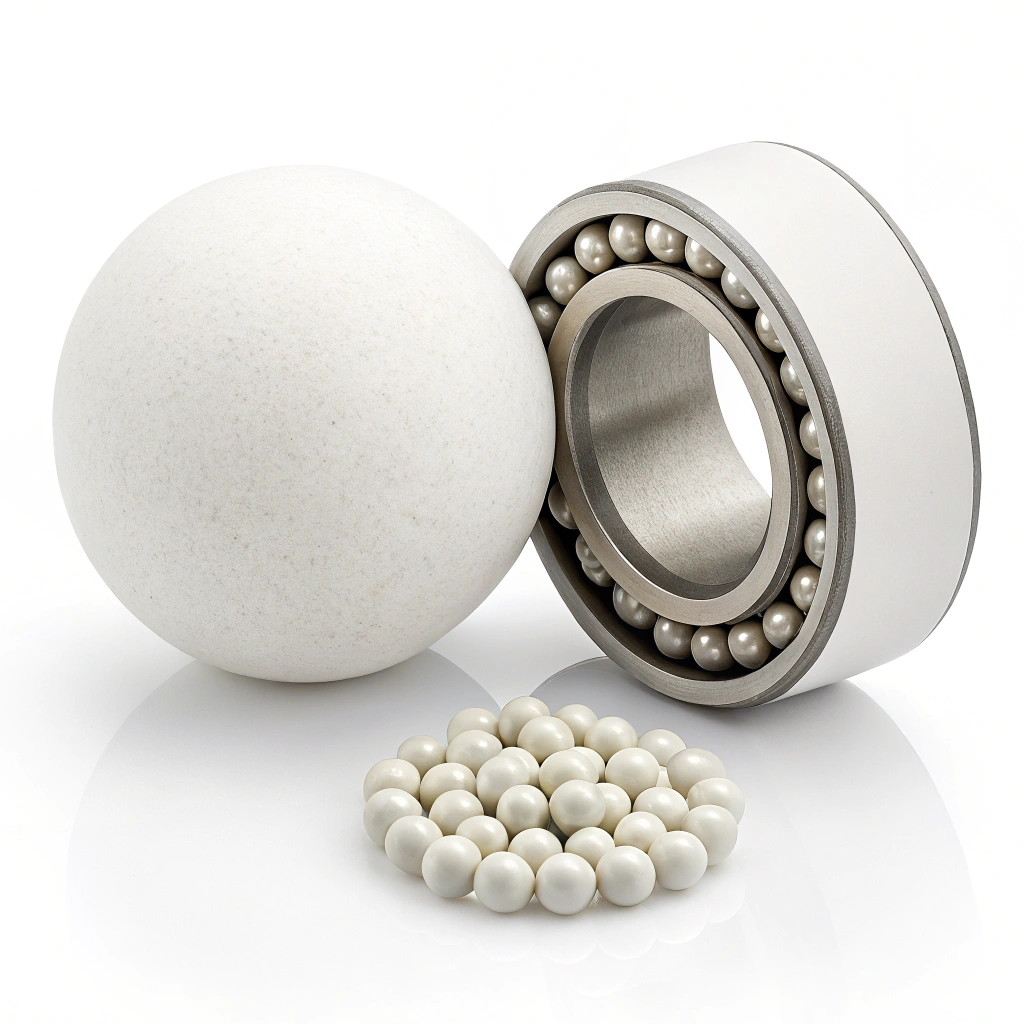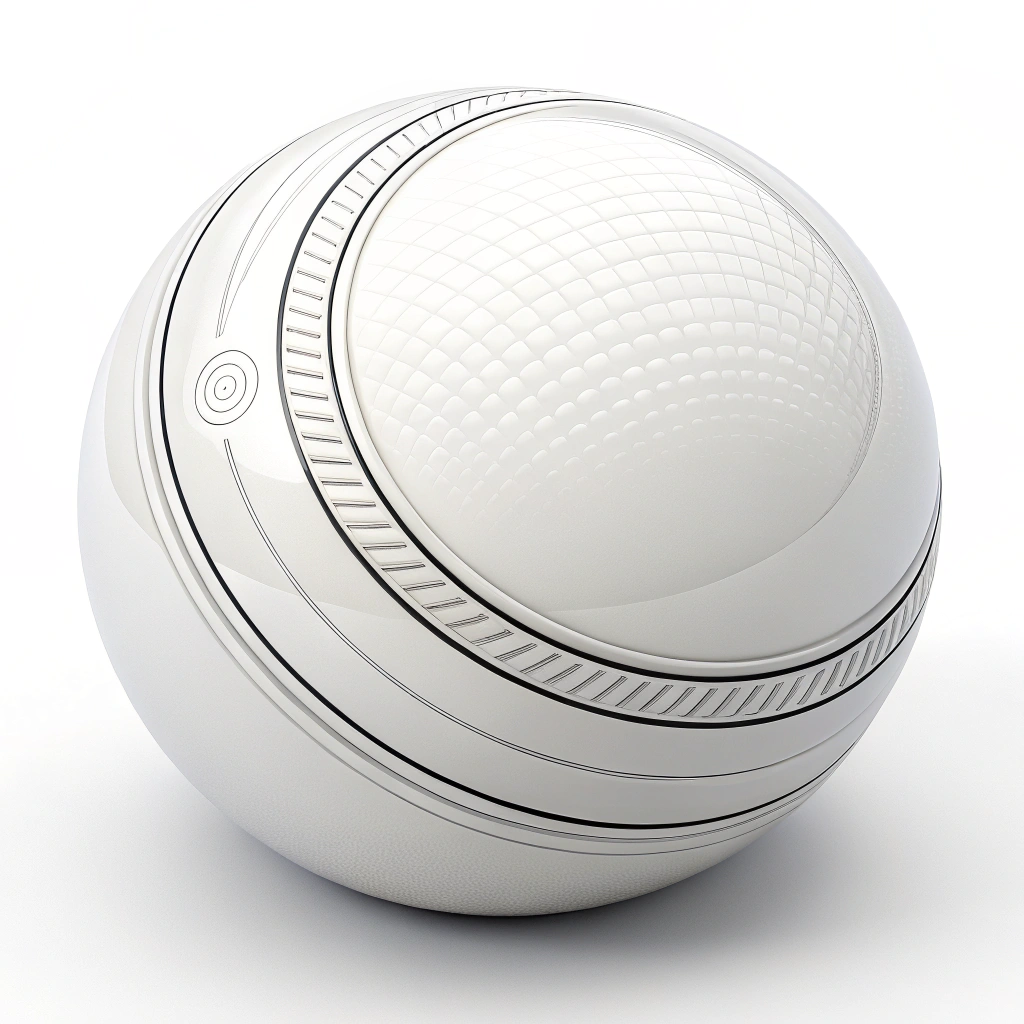## Project Background
The client is a major domestic petrochemical company with a 2 million tons/year catalytic cracking unit, specializing in producing gasoline, diesel, and other petroleum products. During unit upgrading and renovation, they faced the following technical challenges:
• Reactor internal temperature up to 650℃
• Severe catalyst particle wear
• Prominent metal component corrosion problems
• Equipment maintenance cycle needs extension to 3 years
• Increasingly strict environmental requirements
## Technical Requirements
### Operating Environment
– **Reaction Temperature:** 480-650℃
– **Pressure Conditions:** 0.1-0.3MPa
– **Media Characteristics:** Containing hydrogen sulfide, sulfides
– **Particle Erosion:** High-speed catalyst particle impact
– **Operating Time:** Continuous operation for 3 years
### Performance Standards
– **High Temperature Resistance:** Long-term stability at 650℃
– **Corrosion Resistance:** Resistant to hydrogen sulfide corrosion
– **Wear Resistance:** Wear amount <0.1mm/year
– **Thermal Shock Stability:** No cracking during temperature cycling
– **Chemical Stability:** No reaction with media
## Product Selection
### Technical Parameters
– **Product Model:** Silicon Carbide Ceramic Ball
– **Specifications:** 25mm G100 precision
– **Quantity Required:** 100,000 pieces/time
– **Special Requirements:** Reaction sintering densification
### Material Advantages
– **Ultra-High Hardness:** Hardness HV2800, excellent wear resistance
– **Thermal Stability:** Stable below 1600℃
– **Chemical Inertness:** No reaction with petroleum products
– **High Thermal Conductivity:** Excellent heat transfer efficiency
## Manufacturing Process
### Raw Material Control
– **Silicon Carbide Powder:** 99.5% purity β-SiC
– **Sintering Aids:** High-purity oxide additives
– **Particle Size Distribution:** Strict control of particle size grading
– **Impurity Control:** Metal impurities <100ppm
### Forming and Sintering
– **Press Forming:** Isostatic pressing
– **Sintering Process:** Reaction sintering + post-sintering
– **Atmosphere Control:** Nitrogen protective atmosphere
– **Temperature Control:** 1450℃±10℃
## Application Verification
### High Temperature Performance Testing
– **Thermal Cycling Test:** 20℃-650℃, 1000 cycles
– **High Temperature Strength:** Compressive strength test at 650℃
– **Thermal Expansion Test:** Thermal expansion coefficient determination
– **Test Results:** All indicators meet requirements
### Corrosion Performance Testing
– **Hydrogen Sulfide Corrosion:** 1000ppm H₂S, 500 hours
– **Sulfide Corrosion:** Simulated media immersion test
– **Weight Loss:** Corrosion rate <0.01mg/cm²·h
– **Surface Analysis:** No corrosion pits or cracks
## Project Results
### Technical Performance Improvement
– **Operating Cycle:** Extended from 18 months to 36 months
– **Wear Rate:** Reduced by 90%
– **Corrosion Rate:** Reduced by 95%
– **Heat Transfer Efficiency:** Improved by 25%
### Economic Benefits
– **Maintenance Cost:** Reduced by 70%
– **Production Loss:** Reduced by 80%
– **Energy Consumption:** Reduced by 15%
– **Product Quality:** Improved by 10%
## Technical Innovation
### Material Innovation
– Developed specialized silicon carbide material formula
– Optimized sintering process parameters
– Improved material density and strength
– Enhanced thermal shock stability
### Application Innovation
– Designed specialized installation tooling
– Established operation monitoring system
– Developed predictive maintenance solutions
– Provided technical training services
## Environmental Benefits
### Emission Reduction Effects
– **SO₂ Emissions:** Reduced by 20%
– **NOₓ Emissions:** Reduced by 15%
– **Particulate Matter:** Reduced by 30%
– **Waste Catalyst:** Reduced by 50%
### Resource Utilization
– **Raw Material Utilization:** Improved by 5%
– **Energy Efficiency:** Improved by 15%
– **Equipment Utilization:** Improved by 20%
– **Catalyst Life:** Extended by 30%
## Customer Feedback
“Silicon carbide ceramic balls perform excellently in our catalytic cracking unit, completely solving high-temperature corrosion and wear problems. Unit stability has significantly improved, maintenance cycle successfully extended to 3 years, with remarkable economic benefits. This technological innovation provides strong support for our sustainable development.”


